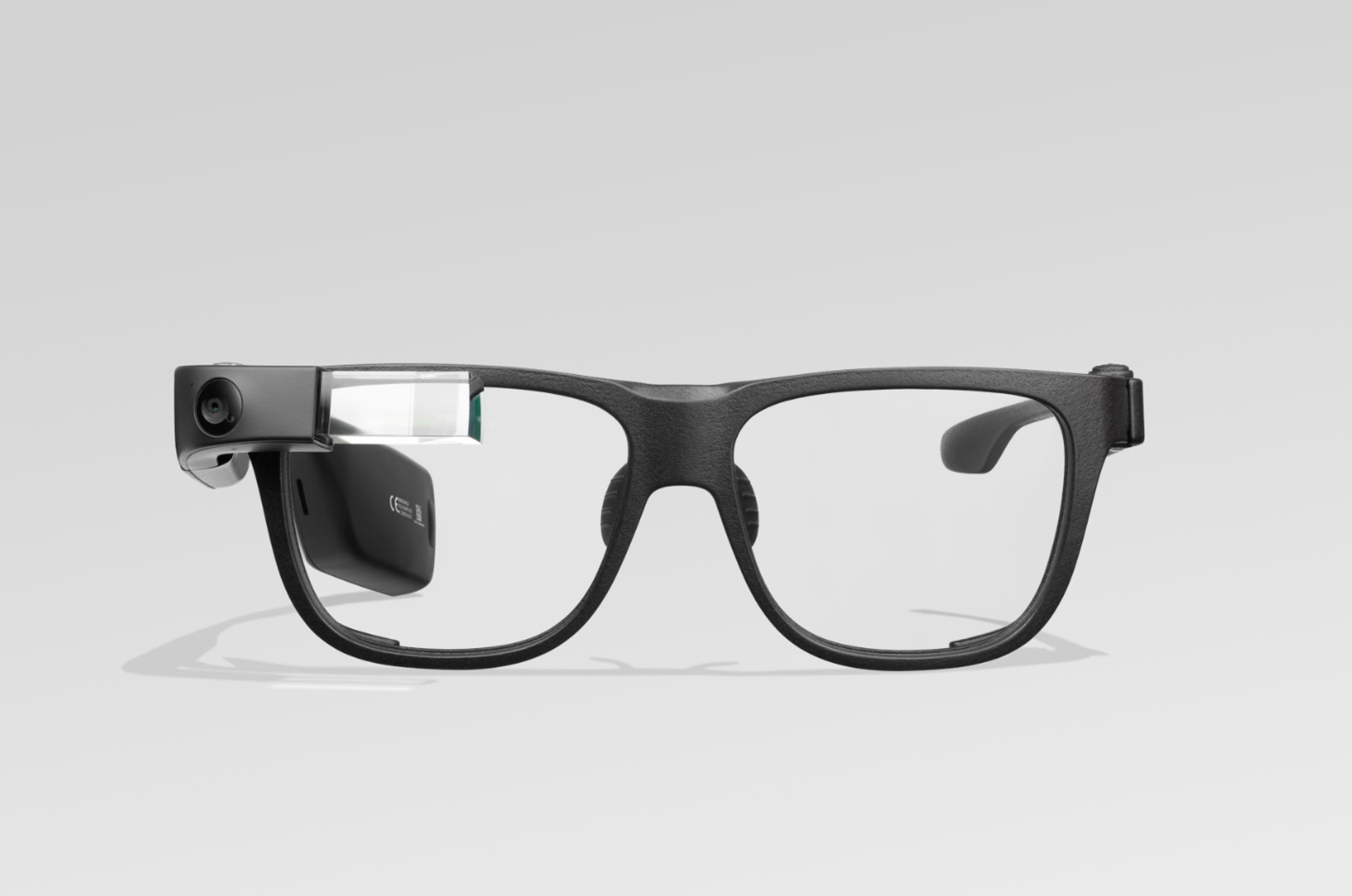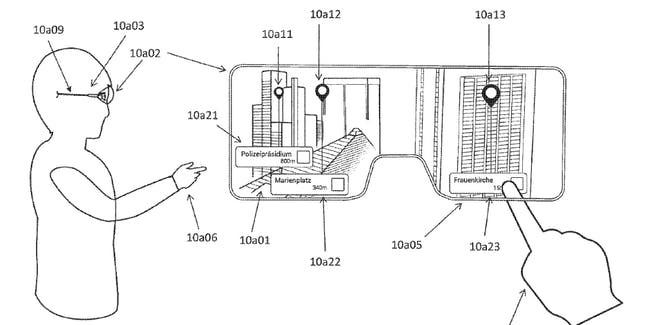Smart glasses are expected to replace smartphones in the coming three to five years. Global big names pushing their development in smart wearable applications particularly headset or glasses combining AR technology with the ultimate goal to make them function like smartphones.
In the past 10 years, the invention and usage of smartphones have changed the ecosystem of the technology industry as well as our daily life. But as new developments in smartphones become limited, the smartphone market shows tepidity recently. Trendforce analysis pointed out that market demand of smartphone is expected to weaken in 1Q20 as the market has entered a wait-and-see stage with more new technologies emerging.
Several companies have already launched smart glasses including Amazon’s Echo Frames, Microsoft’s Hololens, Snap’s Spectacle series products and Google Glasses. They might not yet be popular as consumer products but have supported industry operation with its AR function.

(Image: Google)
Seeing the opportunity in both consumer market and industry market, Tom Liang, chairman of Taiwan Smart Glasses Industry Association and Jorjin Technologies, a Taiwan-based smart glasses developer, said that the trend of AR/MR integrated smart glasses and headset will rise in 2023 and the new products might gradually replace smartphones.
Micro LED technology might also grow with the trend. Featuring high brightness, high resolution and low power consumption, Micro LED fulfills requirements of smart glasses. Plessey has teamed up with Vuzix and Compound Photonics to develop Micro LED AR glasses. Apple also reportedly working on smart headset based on Micro LED following several of its related patents published recently.

(Image: the United States Patent and Trademark Office)
Considering the cost and technology mutuality, currently Micro LED still has a big gap challenging OLED or LCD in smartphone displays. The development of smart glasses could open up a new field for Micro LED to leverage its advantages.













